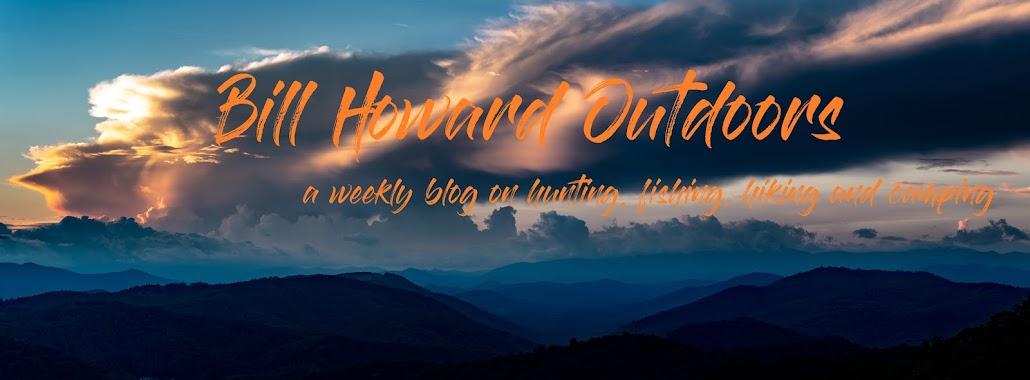North America’s largest waterfowl, the tundra swan, is like an angel. During the summer thousands upon thousands mate and nest in the harsh tundra of Northern Canada. Then, in one of nature’s wonderful events, the tundra swan sets to the skies and winter either on the Pacific coast or anywhere from southern New Jersey down through the Chesapeake Bay area to its southern most point, North Carolina.
North Carolina is one of the few states allowed to offer permit hunts for the swan. The numbers are so great, the US Navy had to abandon plans on a landing field in Northeastern North Carolina. In an attempt to prove that a naval landing field would not cause issue with the swans, the navy had several of its jets make low flybys in the area. The result; thousands of birds erupted from the fields, blackening the sky, and making it unsafe for air traffic.
Driving through Northeastern North Carolina during the winter months, one can gaze out in the many fields and farmlands and witness the flocks grazing. From a distance, it appears as if hundreds of white trash bags are fluttering in the winds.
To hunt these birds, one is usually set in a field draped in white or camouflage, and remains motionless until the birds begin to land. Trash bags can be used for decoys as a cheap alternative, or guides will usually have Canadian Geese decoys painted white with black bills. Someone accustomed to hunting the large birds can call with his mouth without using a manufactured call.
The first big hunt I carried my son Turner on was for swans. We set up in a drainage canal with some 50 or more decoys about 40 yards away from us. My son, still a little nervous at the time, shot twice on the day. The first shot hit one of the birds, which I followed up with a shot of my on to put it down. His second shot was a tremendous blast folding the bird nearly 60 yards away.
Over the last few years (5 or 6 actually) my hunting buddy, who we will call Adam as you may remember from earlier columns, has been after a swan. We drew permits together a couple of years ago, however the guide we were going with came down with the flu during the later part of January, and we ended up missing our chance.
| ADAM and his first Tundra Swan. One shot. |
This year, my buddy we will call Adam, finally had everything set up. I knew he was excited for the hunt. Sure enough, I received a text message from him Thursday. One shot. I guess he had a little redemption from the geese we missed a couple of weeks before. Note: the reader submitted trophy photo of the fellow named ADAM holding a tundra swan is not necessarily the same hunting buddy who we just happened to call ADAM in the past few columns.
Regardless, Adam can attest, the tundra swan is one beautiful creature to be given the opportunity to study, observe and hunt. It is a trophy that all water fowlers should strive for at least once. And it is also one more reason North Carolina’s hunters and outdoorsmen should feel fortunate about the opportunities that exist in this great state.


I want to know how they taste!
ReplyDeleteSwans, ducks and other birds are often attacked by ratsand other big rodents wild dogs, wolves and foxes. You will find more on The blog d3hemmerling.com
ReplyDelete